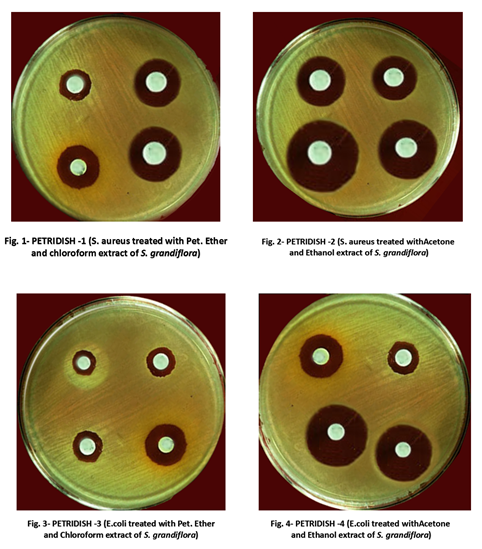Genetic interactions and fitness landscapes
Alex Gavryushkin
-
Joint work with:
- Kristina Crona, American U., Washington, DC, USA
- Devin Greene, American U., Washington, DC, USA
- Niko Beerenwinkel, ETH Zurich, Basel, Switzerland
May 27, 2017
That is, the set of genotypes is $\mathcal G = \{0,1\}^{n}$.
A fitness landscape is a function $w:\mathcal G \to \mathbb R^+$.
For $g \in \mathcal G$, $w(g)$ is called the fitness of genotype $g$ and denoted $w_g$.
Wrightian fitness
is defined as the average number of offspring in a population with fixed genotype.That is:
If $N(t)$ is the population size of generation number $t$ and $g$ is the genotype of the population, then Wrightian fitness $w_g$ of the population is defined by $$N(t + 1) = w_gN(t)$$
Epistasis
is defined as the deviation from the additive expectation of allelic effects: $$u_{11} = w_{00} + w_{11} - (w_{01} + w_{10})$$Understanding three-way interactions
Total three-way interaction?
$\small u_{111} = w_{000} + w_{011} + w_{101} + w_{110} - (w_{001} + w_{010} + w_{100} + w_{111})$
Marginal epistasis?
$\small u_{\color{blue}{0}11} = w_{\color{blue}{0}00} + w_{\color{blue}{1}00} + w_{\color{blue}{0}11} + w_{\color{blue}{1}11} − (w_{\color{blue}{0}01} + w_{\color{blue}{1}01}) − (w_{\color{blue}{0}10} + w_{\color{blue}{1}10})$
Conditional epistasis?
$\small e = w_{\color{blue}{0}00} − w_{\color{blue}{0}01} − w_{\color{blue}{0}10} + w_{\color{blue}{0}11}$
Total mess!
Algebraic Geometry sorts out the mess!
$e = \frac12(u_{011} + u_{111})$In general, the four interaction coordinates $$u_{011}, u_{101}, u_{110}, u_{111}$$ allow to describe all possible kinds of interaction!
There are 20 types of three-way interaction and they are the circuits of the three-cube.
Yep, we've got the list!
This is known as Beerenwinkel-Pachter-Sturmfels approach,
which provides a complete picture of interactions!BUT
the approach is
- based on the availability of fitness measurements
- computationally feasible for up to four (?) loci
Problem: What if no (credible) fitness measurements are available?
Like in this malaria drug resistance data set:
Ogbunugafor et al. Malar. J. 2016
Why is fitness hard to measure?

Results at a glance
- We provide a complete characterization of partial fitness orders that imply circuit interaction (think epistasis).
- Partial fitness orders arise in competition-like experiments and include:
- Rank orders
- Mutation fitness graphs
Inferring Genetic Interactions From Comparative Fitness Data, bioRxiv, 2017
Rank orders. The simplest case.
$\small u_{11} = w_{00} + w_{11} - (w_{01} + w_{10})$Characterization of epistatic rank orders
Theorem 1. Consider a biallelic $n$-locus system. The number of rank orders which imply $n$-way epistasis is: \[ \frac{(2^n)! \times 2}{2^{n-1}+1} \]
Corollary. The fraction of rank orders that imply $n$-way epistasis among all rank orders is: \[ \frac{2}{2^{n-1}+1} \]
Mutation graph
Connection between rank orders and mutation graphs
Theorem 3. A partial order implies $f$-interaction exactly if all its total extensions do.
Call a map $g: O \to E$ monotonic with respect to a partial order $\prec$ if $x \prec g(x)$ for all $x$, where $O \sqcup E$ is a partition of $\prec$.
Conjecture 4. A partial order $\prec$ implies positive (negative) interaction iff there exists a monotonic wrt $\prec$ bijection from $O$ to $E$ (from $E$ to $O$).
Applications
-
HIV-1
-
Antibiotic resistance
-
Gut microbiome (with Will Ludington, UC Berkeley)
-
Synthetic lethality
-
Knockdown cell lines
Methodologically, this allows us to advise further measurements (experiments) for incomplete data sets, thus reducing the number of potential experiments significantly.
Example: antibiotic resistance
Example: antibiotic resistance
Example: antibiotic resistance
Example: antibiotic resistance
Results in more detail
Efficient methods for:- Circuit interaction inference (including epistasis and three-way interaction) for total orders
- Complete analysis of partial orders (including mutation graphs) with "distance to interaction" inference
- Suggestions for possible completions in case of missing data and/or high uncertainty
Software (pre-release stage):
https://github.com/gavruskin/fitlands
Want to learn more?
We've got you covered!- All my talks (including this one) are at
http://alex.gavruskin.com/talks
- Preprints are at
http://alex.gavruskin.com/publications
- Software (and manuscripts in-progress) here:
https://github.com/gavruskin
Funding
Thanks for your attention!
and stay tuned